The curtain is about to come down on Andy Murray’s illustrious career.
But this remarkable Scot has been part of the international tennis landscape since he was a gangly teenager, gaining applause from Sir Sean Connery at Wimbledon in 2008, and blazing an idiosyncratic trail without any regard for the toll on his body.
Even before his appearances on Centre Court and his elevation from a promising youngster to a fully-fledged Grand Slam champion with three major victories, two Olympic gold medals, a Davis Cup success and the global No 1 ranking on his CV, the Dunblane maestro was being touted by his peers and even courted by other sports.
However, when the opportunity to play football at Ibrox presented itself, barely before he had entered his teens, the Scot preferred to concentrate on transforming himself into a lawn ranger, restlessly travelling the globe in pursuit of future conquests.
And that same dedication to duty was in evidence when Murray appeared in Scotland v England events in 2005 and 2006, and tackled the likes of Greg Rusedski at the former Aberdeen Exhibition and Conference Centre.
In the same year the wunderkind rose from outside the world’s top 400 to number 65 in the rankings, he competed in the Aberdeen Cup and impressed spectators with a sparkling variety of ground strokes and compelling determination to chase down every shot as if it was a matter of life and death.
Andy Murray chased down every single ball
The tournament had Scotland going toe-to-toe with their England rivals and was held twice in a bold bid to help attract the Davis Cup to Scotland: an ambition which was eventually realised when the event was held in Glasgow where battling brothers, Andy and Jamie, bowled over the Saltire-waving crowds.
With the exception of the “headline” ties, between the two captains, Murray and Rusedski, the rubbers were only two sets long, with a tie-break subsequently employed.
And, in his first-ever meeting with Rusedski, the 18-year-old defeated his older rival in the final to earn Scotland a 4½ to 2½ win.
He was a star on the rise
It was a changing of the guard moment, and Murray was soon gaining the upper hand over Tim Henman and inexorably taking his place at the summit of British tennis.
Even at that stage, his desire and hunger, allied to his prodigious talent, tenacity and work ethic, stamped him out as a genuine world-class performer.
“How good can he be? Well, there is simply no reason why he can’t be a match for the very best,” said his coach Leon Smith. “The most important point is that Andrew accepts he is currently on a steep learning curve. The great thing is it doesn’t faze him.”
That was certainly evident from the youngster’s words nearly 20 years ago, long before he had created history at Wimbledon, on the Olympic stage and the Davis Cup circuit.
‘This isn’t supposed to be fun’ said Andy Murray in 2005
He said in 2005: “The fact is this isn’t supposed to be fun. This is my job, my business for the next 10 or 15 years and I have to be 100% professional in my attitude because the rivalry out there, particularly from the old Eastern bloc nations, is incredible.
“Basically, I have noticed that their players have this tremendous hunger and desire to succeed and a lot of that is down to the fact they simply don’t enjoy the type of luxuries which we take for granted in Britain.
“The only way to beat these guys is to be as aggressive as them, commit yourself 100% to what you are trying to do, and be as much of a perfectionist as you can possibly be.”
Sometimes, a sports personality’s influence on his domain can be overstated. But Andy returned to the north-east for the Battle of the Brits in 2022 and, although it was clear that injury had taken its toll, he was still chasing every ball, living every point.
He has always had a granite streak
This all means it’s impossible to downplay the impact which this thrawn and inspiring character has made, boosted by his brother and his indefatigable mother, Judy, all of whom have grabbed the sport by the scruff of the neck in the last two decades.
And it’s appropriate that somebody who has graced Aberdeen in the past has a proud granite streak all his own – one which has propelled him to unprecedented feats and into territory where none of his compatriots have ever gone before.
At 37, and with a metal hip, he’s surely entitled to a standing ovation.
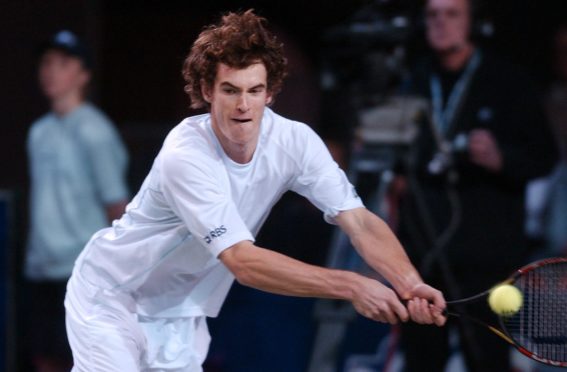
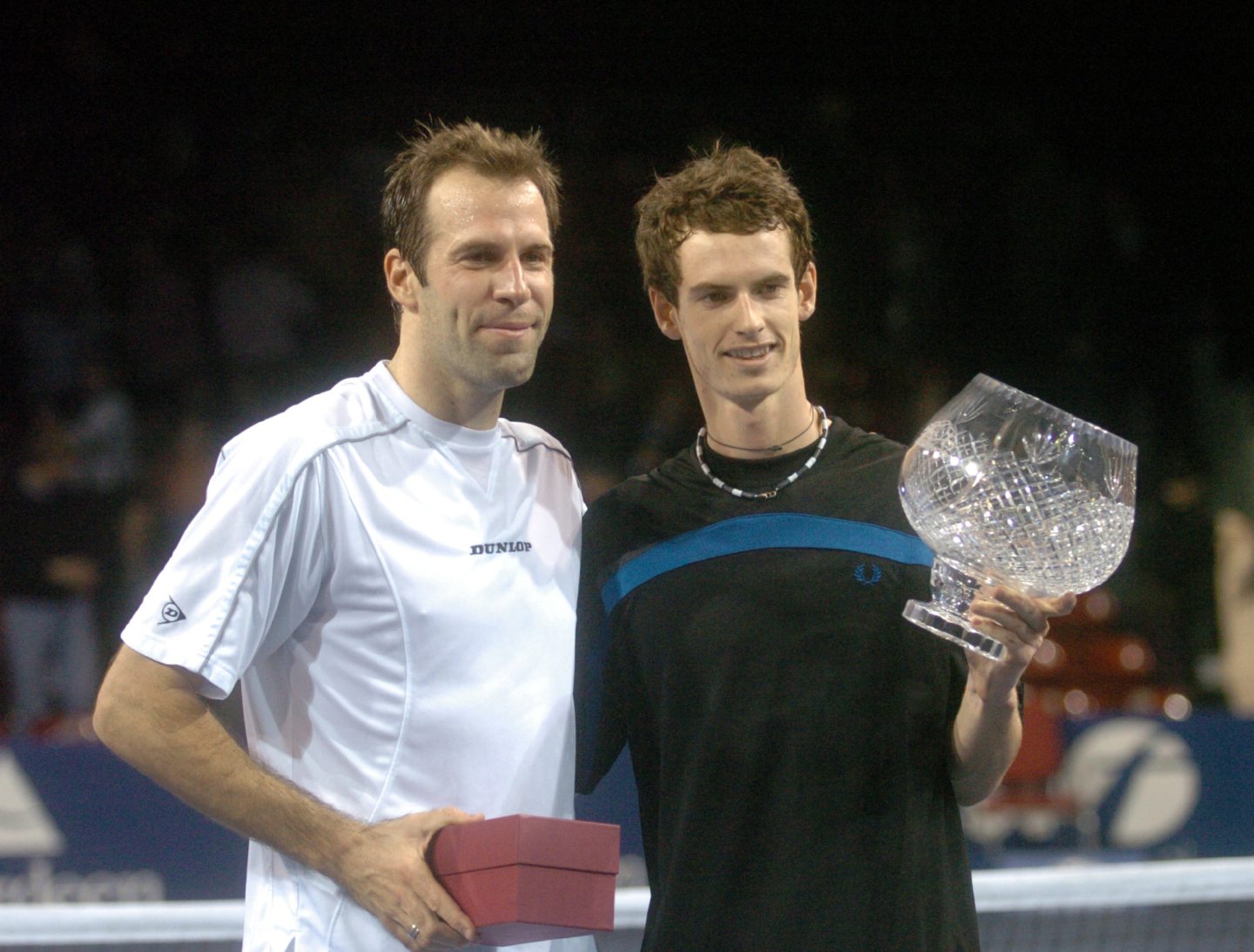
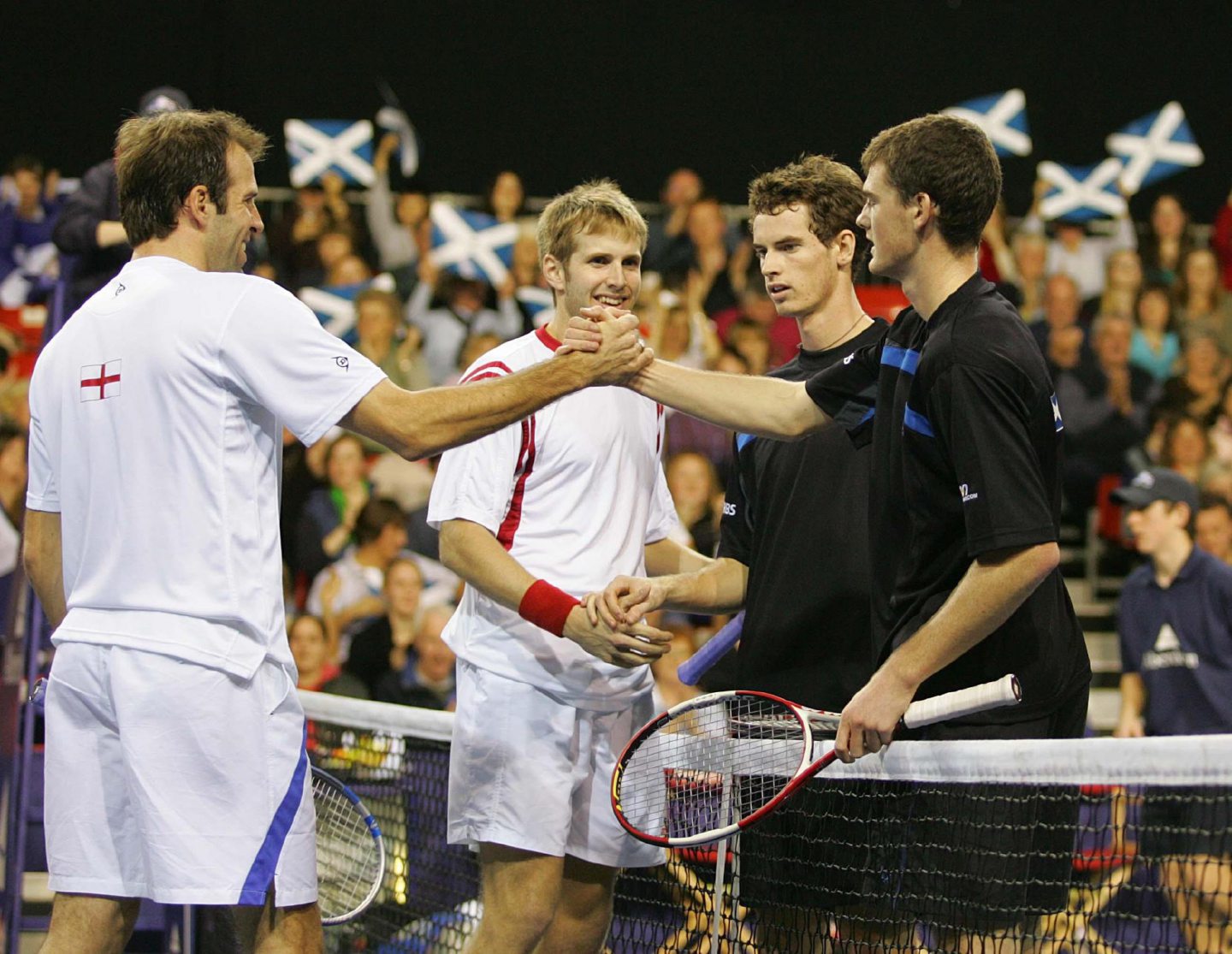
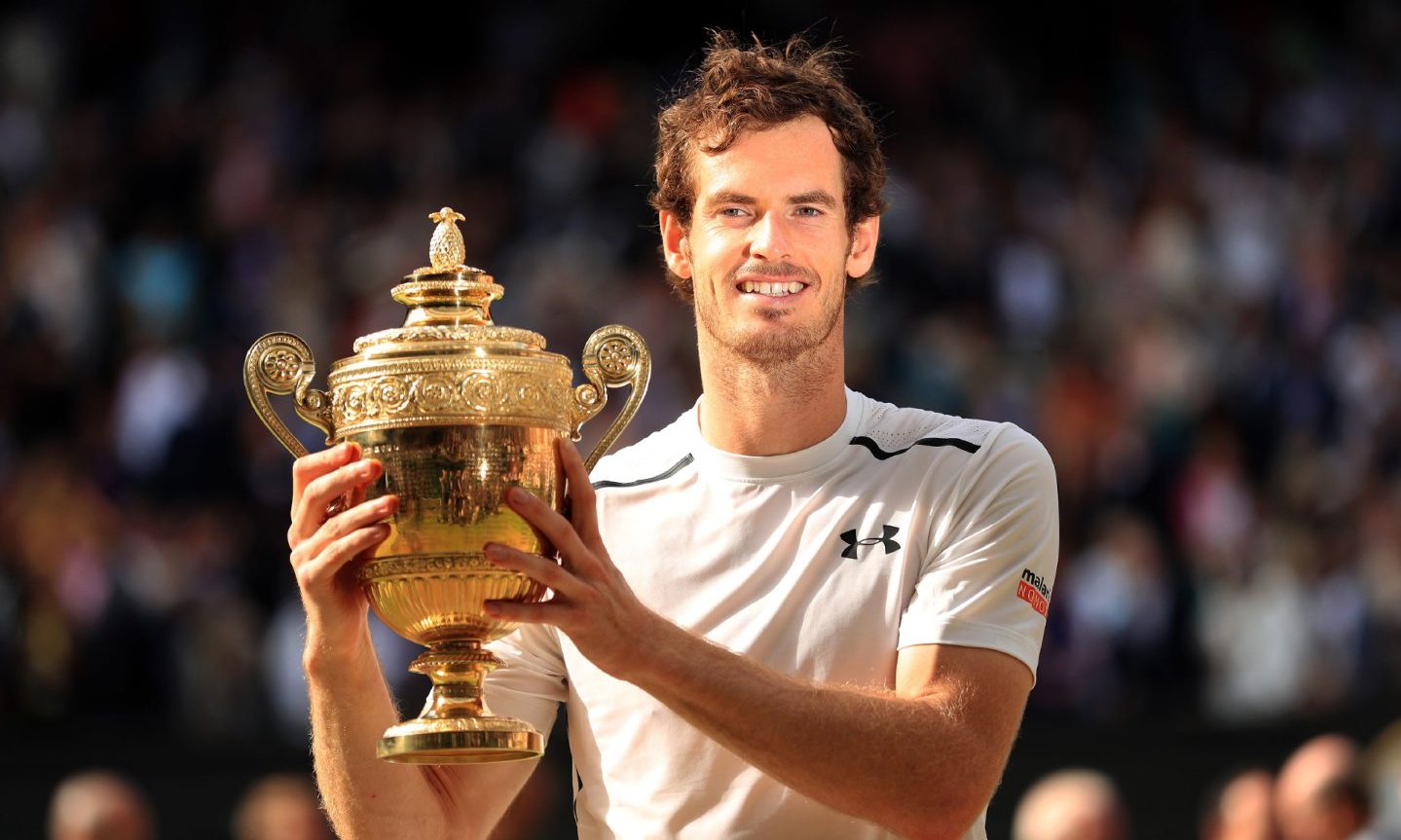
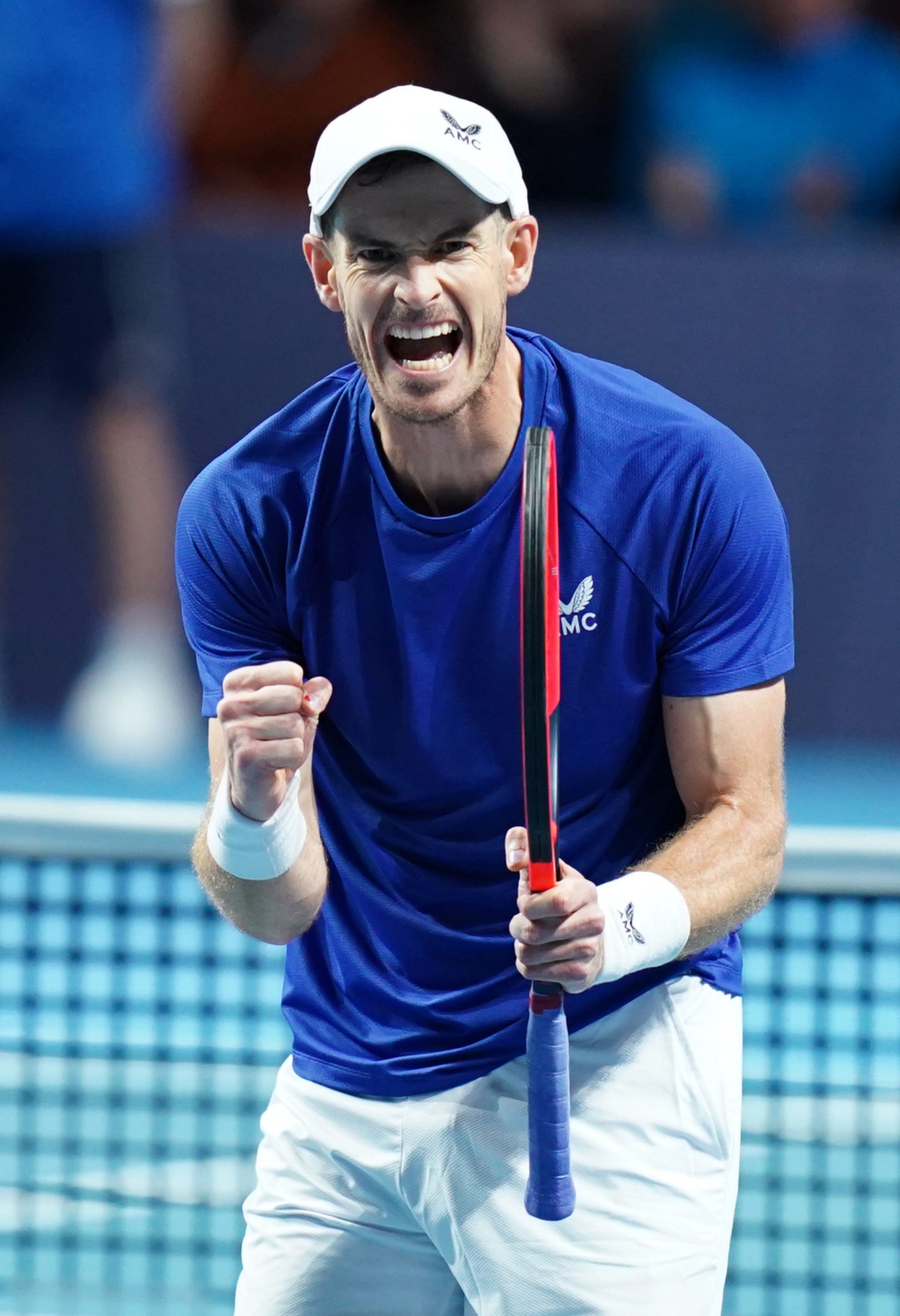
Conversation